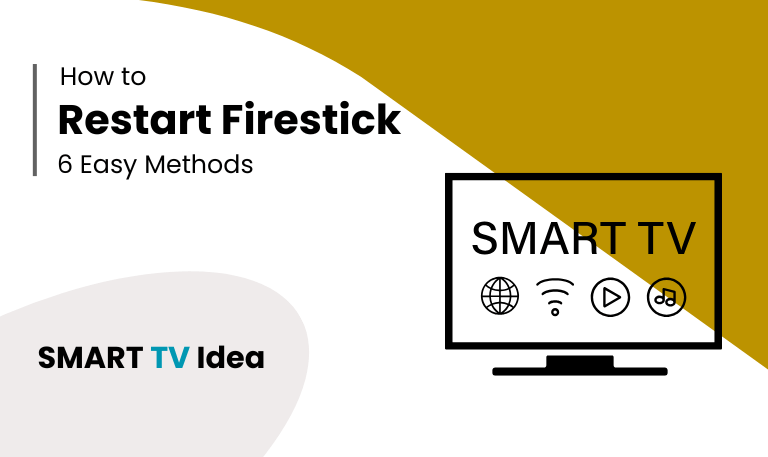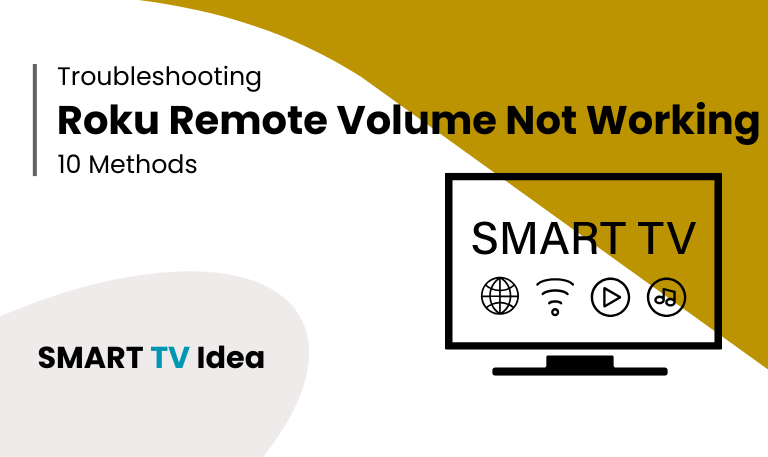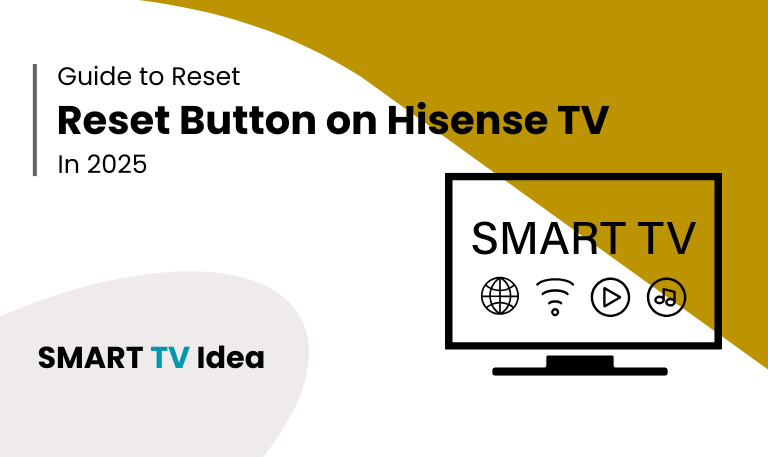Hisense has quickly become one of the most talked-about TV brands in recent years. The company is known for making smart TVs that offer plenty of features at prices far lower than big names like Samsung, LG, and Sony. When you spot a 55-inch Hisense QLED costing hundreds less than the competition, the first question that comes to mind is: why are Hisense TVs so cheap?
This guide takes a closer look at how Hisense keeps prices down from the way they manufacture their TVs to the technology they choose. We’ll also explain what this means for you as a buyer and how to decide if a Hisense TV is the right choice for your home.
A Quick Overview of Hisense
Hisense started in 1969 in Qingdao, China. In the decades since, it has grown into one of the largest electronics makers, with a presence in over 160 countries.
Key points:
Brands: Hisense also owns or licenses names like Toshiba TV and Sharp in certain markets.
Products: The company makes TVs, home appliances, smartphones, and commercial displays.
Market standing: Hisense is regularly among the top five TV shippers worldwide, often ranking ahead of Panasonic and Philips in many regions.
Thanks to its large scale and competitive pricing, Hisense TVs frequently appear on “best budget TV” lists.
Read More: How to Reset Hisense TV
Why Hisense TVs Are So Cheap: 7 Core Reasons
1. Vertical Integration and In-House Manufacturing
Hisense makes many of its own parts, including LCD panels and LED backlights. By handling production themselves instead of relying heavily on outside suppliers, they avoid extra costs that brands like Sony often face when buying panels from companies such as LG Display.
2. Large-Scale Production
As one of the biggest TV makers in the world, Hisense produces TVs in huge numbers. The more they produce, the less each unit costs to make. Those savings often show up in the final price you pay.
3. Slim Profit Margins to Grow Market Share
In markets like North America and Europe, Hisense has been willing to sell TVs at lower profit margins to gain traction. This strategy helps them build recognition and compete with bigger names.
4. Focus on Mid-Range and Budget Buyers
Instead of chasing the high-end OLED and 8K crowd, Hisense puts its energy into affordable QLED, ULED, and 4K TVs. By targeting the $300–$700 range, they attract cost-conscious buyers and dominate that segment.
5. Partnerships for Smart TV Platforms
Rather than spending heavily to build their own operating system, Hisense works with popular platforms like Google TV, Roku TV, and their own VIDAA. This saves on development costs while still giving customers familiar smart TV options.
6. Modest Marketing
Unlike brands that pour money into celebrity ads or massive campaigns, Hisense keeps marketing simple. They focus more on strong retail presence and competitive pricing, which keeps expenses down.
7. Regional Assembly and Sourcing
Hisense cuts costs by sourcing parts from different regions and assembling TVs closer to where they’ll be sold. For example, TVs for the U.S. market are often assembled in Mexico, reducing shipping and tariff expenses.
Breaking Down the Technology Inside Hisense TVs
Even though Hisense TVs are on the budget-friendly side, they pack in features that used to be found only in higher-end models. Here’s what you’ll usually see in their 2025 lineup:
- 4K UHD Panels – Sharp, detailed picture quality across all price ranges.
- Quantum Dot (QLED) – Brighter, more vibrant colors than standard LED.
- Mini-LED Backlighting – Found in the ULED series, improving contrast and HDR performance.
- Dolby Vision & HDR10+ – Better highlights, deeper blacks, and richer overall contrast.
- 120Hz Native Refresh Rate (on select models) – Smoother motion for gaming and fast action.
- HDMI 2.1 Ports – Supports features like Auto Low Latency Mode (ALLM) and eARC.
- Smart TV Platforms – Options include Roku TV, Google TV, or Hisense’s own VIDAA OS with built-in streaming apps.
The Trade-Offs of Buying a Cheap Hisense TV
Hisense gives you a lot for the money, but there are a few compromises to keep in mind:
Build Quality – More plastic and less metal than premium brands.
Panel Consistency – Greater chance of screen uniformity issues or backlight bleed.
Software Updates – VIDAA OS doesn’t get updates as often as Samsung’s Tizen or LG’s webOS.
Customer Support – Experiences vary depending on where you live.
Longevity – Many models hold up well, but pricier brands have a longer record for durability.
Hisense vs. Competitors
| Feature / Brand | Hisense (ULED / QLED) | Samsung (QLED) | LG (NanoCell / OLED) | Sony (LED / OLED) |
|---|---|---|---|---|
| Average 55″ 4K Price | $350–$600 | $600–$1,000+ | $650–$1,500+ | $700–$1,600+ |
| Panel Tech | LED, QLED, ULED, MiniLED | QLED, Neo QLED | NanoCell, OLED | LED, OLED, MiniLED |
| OS Options | Roku, Google, VIDAA | Tizen | webOS | Google TV |
| Warranty (U.S.) | 1 year standard | 1 year standard | 1 year standard | 1 year standard |
How to Choose the Right Hisense TV
To get the most out of a Hisense TV, keep these points in mind:
- Screen size and room fit: Choose a size that matches your space so you’re not sitting too close or too far.
- Panel type: ULED and QLED models usually give brighter pictures and richer colors compared to basic LED sets.
- HDR support: Dolby Vision is a nice extra if you stream a lot of movies and shows.
- For gamers: A 120Hz screen and HDMI 2.1 are worth looking for if you play on newer consoles.
- Smart TV system: Hisense offers Roku TV, Google TV, and VIDAA. Pick the one you’re most comfortable with.
- Warranty and service: Check what kind of local support or extended coverage is available before buying.
Are Hisense TVs Reliable?
Reliability depends on the model, but reviews and customer feedback often rate Hisense well, especially in the budget and mid-range categories. They tend to deliver more than you’d expect for the price. If you’d rather play it safe, consider getting an extended warranty.
Read More: Hisense TV Black Screen
Hisense’s Rise in the U.S. Market
Over the past five years, Hisense has gone from being a small budget brand to a serious player in the TV market. A few big moves helped make that happen:
In 2015, the company acquired the rights to sell TVs under the Sharp brand in the U.S.
They gained global attention by sponsoring events like the FIFA World Cup.
Partnerships with major retailers such as Walmart, Costco, and Best Buy boosted their visibility and sales.
Today, Hisense sells millions of TVs every year in North America and regularly ranks among the top three brands in overall shipments.
Energy Efficiency and Sustainability
One reason Hisense can keep prices lower is that many of its TVs are built to be energy-efficient. Using components that consume less power helps cut down on manufacturing costs, reduces shipping weight, and saves energy for the customer. In some regions, Hisense also benefits from government incentives for producing eco-friendly products.
Hisense’s Warranty and Support
Most Hisense TVs include a one-year warranty, though this can vary by region. Some stores also offer extended protection plans if you want extra coverage. To make any warranty claims easier, be sure to register your TV and keep your receipt safe.
Hisense TVs So Cheap FAQs
Q: Is Hisense a reliable TV brand in 2025?
A: Yes. Hisense has improved a lot over the years, and many of its models now compete well with Samsung or LG but cost less.
Q: Do Hisense TVs last as long as Samsung or LG?
A: They can. It depends on how you use them and which model you buy. Mid-range and higher-end Hisense TVs usually last around 5–7 years with normal care, which is similar to what you’d expect from the bigger brands.
Q: Why are Hisense TVs cheaper than Samsung or Sony?
A: Hisense handles more of its own manufacturing, spends less on advertising, and aims at the budget market with smaller profit margins. That keeps prices lower.
Q: Are Hisense TVs good for gaming?
A: Yes. Models with HDMI 2.1, low input lag, and 120Hz refresh rates work well for gaming. Just check the specs of the TV you’re considering.
Q: Which operating systems do Hisense TVs use?
A: Depending on the model and region, they run on Roku TV, Google TV, or Hisense’s own VIDAA system.
Q: Do Hisense TVs have good picture quality?
A: Yes. Their newer ULED and QLED models deliver bright screens, rich colors, and solid HDR performance, especially for the price.
Q: Are there drawbacks to buying a cheaper Hisense TV?
A: Yes. Cheaper models may not feel as sturdy, can vary more in panel quality, and sometimes get software updates slower than premium brands.
Q: Can I mount a Hisense TV on the wall?
A: Yes. Most Hisense TVs support VESA mounts, so you can use a standard wall bracket.
Q: Does Hisense make OLED TVs?
A: Not yet. As of 2025, Hisense focuses on ULED, QLED, and MiniLED models. There are rumors about OLED in the future, but nothing confirmed.
Q: Is a Hisense TV worth buying in 2025?
A: If you want a good mix of 4K, HDR, and smart features without spending a fortune, Hisense is one of the best options right now.
Conclusion
![Why Are Hisense TVs So Cheap? [2025 Buyer’s Guide] 4 Hisense-TVs-So-Cheap](https://smarttvidea.com/wp-content/uploads/2025/09/Hisense-TVs-So-Cheap.png)
Hisense has become a strong choice for anyone who wants a capable smart TV without paying premium prices. The lower cost doesn’t mean poor quality, it’s more about efficient production, lower marketing expenses, and a focus on value. For shoppers who want solid features at a fair price, Hisense is worth considering.
Pillar Post:
![Why Are Hisense TVs So Cheap? [2025 Buyer’s Guide] 2 Why-Are-Hisense-TVs-So-Cheap-[2025-Buyer’s-Guide]](https://smarttvidea.com/wp-content/uploads/2025/09/Why-Are-Hisense-TVs-So-Cheap-2025-Buyers-Guide.png)


